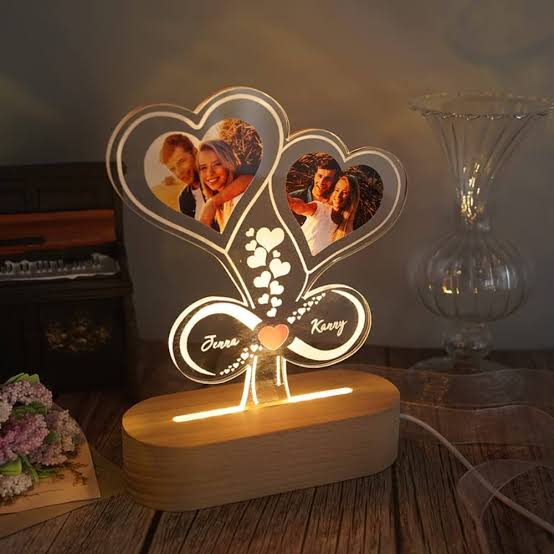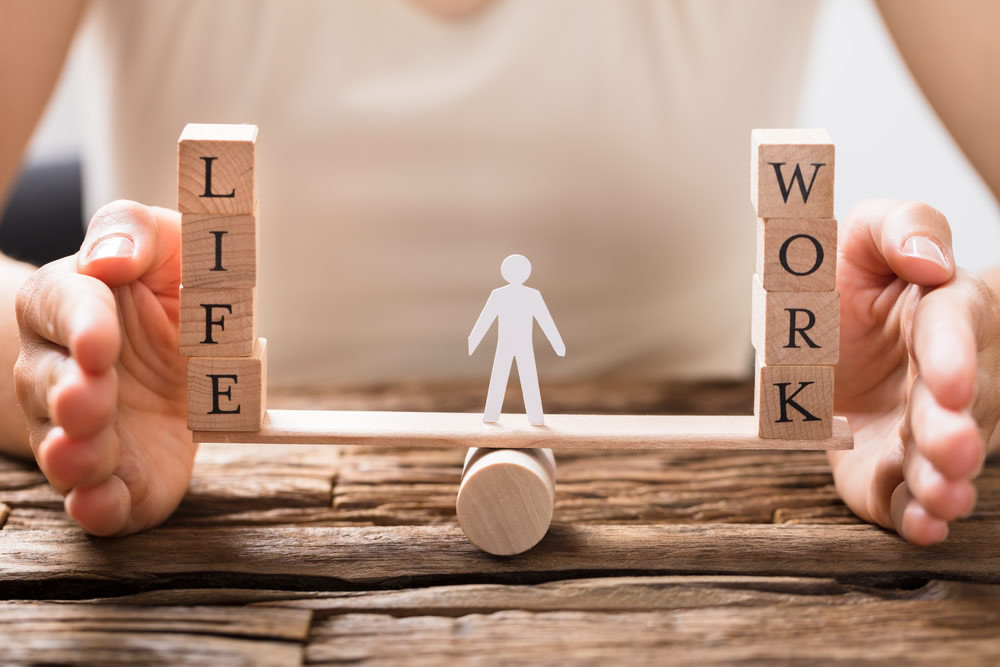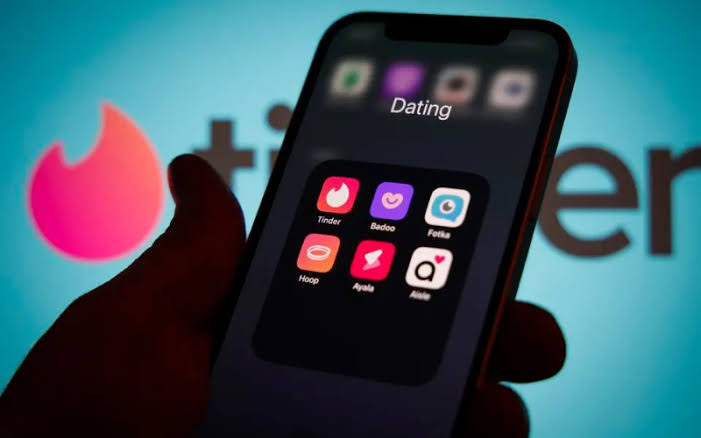
Relationships are a core part of our human experience. They can bring immense joy, support, and growth—but they can also cause deep pain and confusion.
One of the most important life skills is the ability to distinguish between healthy and toxic relationships, whether they’re romantic, familial, platonic, or professional.
Unfortunately, many people stay in harmful dynamics for years without realizing they’re toxic, while others may sabotage genuinely good relationships out of fear or misunderstanding.
That’s why learning to recognize the signs of both healthy and toxic behavior is critical.
In this article, we’ll explore:
- The characteristics of a healthy relationship
- The red flags of a toxic relationship
- The emotional and psychological effects of each
- Why people stay in toxic situations
- How to transition from toxic patterns to healthy ones
- When to seek help—or walk away
What Is a Healthy Relationship?
A healthy relationship doesn’t mean a perfect one. Conflicts happen.
People make mistakes. But in a healthy relationship, both individuals feel safe, respected, supported, and valued.
Core Characteristics of a Healthy Relationship:
1. Mutual Respect
Both partners honor each other’s boundaries, values, and differences. There’s no belittling, sarcasm used as a weapon, or control disguised as concern.
2. Trust and Honesty
There’s no need to snoop, second-guess, or decode mixed messages. Trust is built through consistency and transparency over time.
3. Open Communication
Healthy partners talk through issues with honesty and empathy. They listen without interrupting and express their needs clearly.
4. Equality
Power is shared. Decisions are made together. One person doesn’t dominate or control the other.
5. Support and Encouragement
Each person celebrates the other’s growth and achievements. There’s no competition or jealousy—just genuine care.
6. Independence
You’re still your own person. A healthy relationship allows room for individual hobbies, friendships, and personal space.
7. Conflict Resolution
Disagreements are approached with maturity. There’s no silent treatment, yelling, or manipulation—just solutions and mutual understanding.
Reas Also: What is Storge love (The Love of Family)
What Is a Toxic Relationship?
Toxic relationships, on the other hand, are rooted in control, insecurity, disrespect, or emotional manipulation. They slowly drain your self-worth, energy, and happiness.
Toxicity doesn’t always show up as obvious abuse. Sometimes, it’s subtle, confusing, or even disguised as love.
Red Flags of a Toxic Relationship:
1. Constant Criticism or Belittling
Instead of building you up, a toxic partner tears you down—your appearance, intelligence, ambitions, or even your emotions.
2. Control and Possessiveness
They may monitor your texts, question your every move, or isolate you from friends and family under the guise of “love” or “protection.”
3. Manipulation and Guilt-Tripping
You’re made to feel guilty for expressing needs or boundaries. They might twist situations to make themselves the victim or blame you for their behavior.
4. Lack of Accountability
Toxic partners rarely own their mistakes. Instead, they deflect, deny, or turn the blame onto you.
5. Emotional Volatility
The relationship is a rollercoaster—one moment loving, the next explosive. You feel like you’re constantly walking on eggshells.
6. Gaslighting
You’re made to question your own reality, feelings, or memories. They might say, “You’re too sensitive” or “That never happened” when it clearly did.
7. Disrespect of Boundaries
Whether it’s emotional, physical, or digital, toxic partners often violate your boundaries or make you feel guilty for having them.
Emotional Impact: Healthy vs. Toxic
The effects of the relationship you’re in go far beyond the relationship itself. They impact your mental health, self-esteem, worldview, and future relationships.
| Category | Healthy Relationship | Toxic Relationship |
| Self-Esteem | Boosted through encouragement and respect | Erodes due to criticism and manipulation |
| Emotions | Peaceful, secure, and stable | Anxious, confused, fearful, or sad |
| Conflict | Resolved respectfully | Avoided, escalated, or used as control |
| Communication | Honest and empathetic | Passive-aggressive, dishonest, or dismissive |
| Trust | Built and reinforced | Constantly broken or questioned |
Why People Stay in Toxic Relationships
Leaving a toxic relationship isn’t always easy.
Many people stay for complex reasons, including:
1. Fear of Being Alone
Loneliness can feel worse than toxicity, especially if someone believes they won’t find love again.
2. Low Self-Worth
Toxic relationships often break a person down so gradually they begin to believe they deserve it.
3. Hope for Change
People cling to the idea that their partner will eventually change—or go back to how things were in the beginning.
Read Also: What is true love and understanding true love
4. Manipulation and Trauma Bonding
Cycles of affection followed by abuse can create emotional confusion and dependency, making it hard to leave.
5. Family or Social Pressure
Some stay due to cultural norms, children, or fear of judgment.
How to Move Toward Healthier Relationship Patterns
If you’ve recognized toxicity in your relationship or patterns in yourself, it’s never too late to change. Healing starts with awareness and a willingness to grow.
1. Educate Yourself
Read about healthy communication, attachment styles, boundaries, and emotional regulation. The more you understand, the more empowered you become.
2. Seek Therapy
Whether individual or couples therapy, professional support can help you unpack trauma, build self-esteem, and rewire unhealthy behaviors.
3. Set and Enforce Boundaries
Practice saying no. Clarify what’s acceptable and what’s not—and don’t apologize for protecting your peace.
4. Work on Self-Love
You attract what you believe you deserve. Prioritize self-care, pursue passions, and surround yourself with people who uplift you.
5. Don’t Be Afraid to Leave
Ending a toxic relationship can be painful, but staying can be far more damaging in the long term. You are allowed to walk away from anything that no longer supports your well-being.
Healthy Conflict vs. Toxic Conflict
All couples argue. What matters is how they argue.
| Conflict Style | Healthy Relationship | Toxic Relationship |
| Tone | Calm, respectful | Shouting, degrading, or threatening |
| Purpose | Resolution and understanding | Winning, blaming, or punishing |
| Response to Emotions | Validated and discussed | Dismissed or used against the person |
| Outcome | Compromise and clarity | Resentment, fear, or further confusion |
When To Seek Help
If your relationship involves any of the following,
seek professional help immediately:
- Physical, emotional, or verbal abuse
- Isolation from friends/family
- Suicidal threats or self-harm manipulation
- Intimidation or threats
- Complete loss of personal identity or autonomy
You deserve safety. You deserve peace. You don’t need permission to prioritize your mental health.
Final Thoughts: You Deserve a Healthy Relationship
Everyone deserves a relationship where they feel loved, safe, respected, and seen. But to find or create that kind of bond, you must first recognize what’s healthy and what’s toxic—and be willing to let go of anything that doesn’t align with your well-being.
Love should never come at the cost of your self-worth, peace, or safety. While no relationship is perfect, it should feel like a partnership—not a battlefield.
Whether you’re healing from a toxic connection or nurturing a healthy one, the first step is awareness. The next step is action.
You have the right to choose relationships that reflect the love and respect you give to others—and to yourself.




